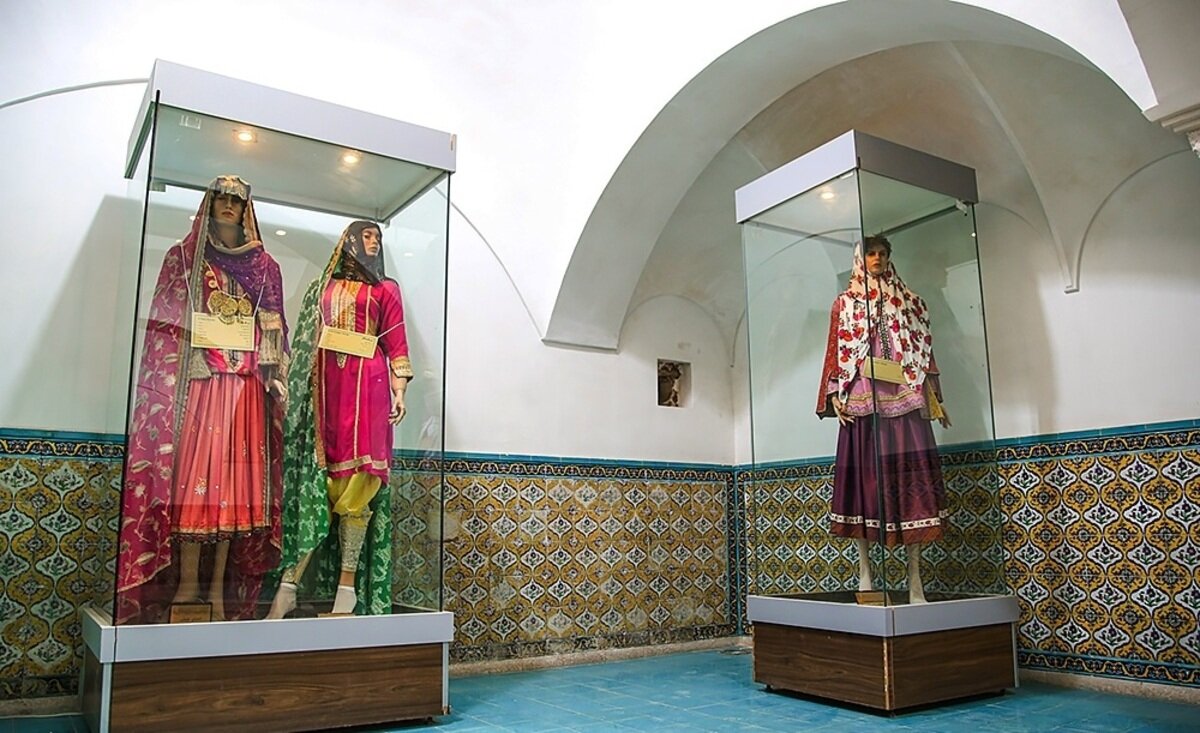Ganjali Khan museums to undergo restoration

TEHRAN—Kerman’s tourism directorate seeks to restore two museums located within the centuries-old Ganjali Khan complex, a top tourist destination in the southern Iranian province.
Restoration work is set to commence both on a museum of cultural heritage and anthropology as well as a mint museum that embraces a major collection of coins and currency, IRIB reported on Sunday.
Plasterwork and stone flooring will be refurbished for both museums as part of the work, the report said.
The 17th-century Ganjali Khan complex, which is composed of a madrasa, a mosque, a caravanserai, a hammam (public bathhouse), a water reservoir, and a labyrinth bazaar, all centered on a large public square, is a typical Iranian tourist spot to wander around! Moreover, there are abundant wax dummies clad in indigenous outfits designed to enrich the site for anthropologists, travelers, or even curious people to catch on how typical Iranians lived during the Safavid era.
Covering an area of 11,000 square meters, the historical complex was built upon the order of Ganjali Khan, who governed Kerman and some neighboring areas during the late 16th to early 17th centuries under Safavid Shah Abbas I (r. 1571-1629).
The big and sprawling Kerman province has been a cultural melting pot since antiquity, blending Persians with subcontinental tribe dwellers. It is home to myriad historical sites and scenic landscapes such as Bazaar-e Sartasari, Jabalieh Dome, Ganjali Khan Bathhouse, Malek Jameh Mosque, and Shahdad Desert, to name a few.
AFM
Leave a Comment